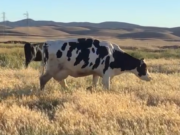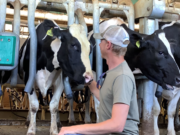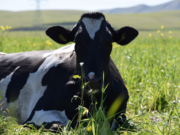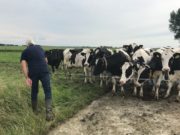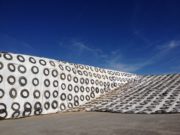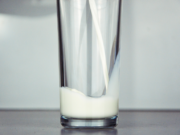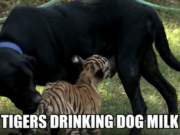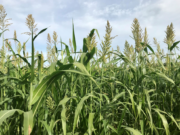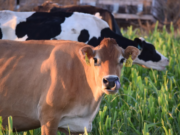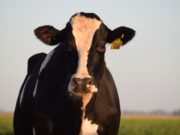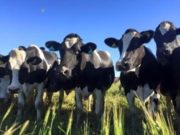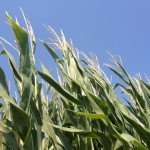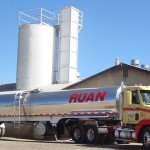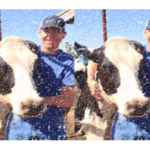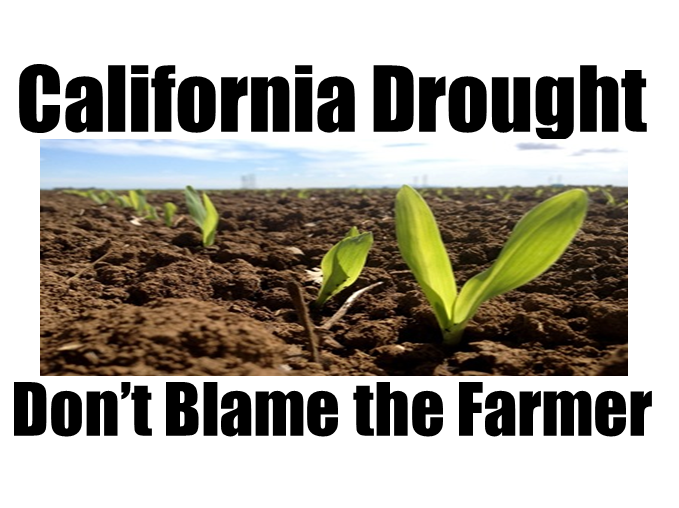
Blame Game articles don’t solve California’s water Problems or inspire change. Why we need to stop blaming farmers for their water use
Water is essential for the survival of humanity. As one person famously put it:
No water, no life. No blue, no green. – Sylvia Earle
It may sound childish and oversimplified, but it really is that simple. Life requires Water
California is in a drought
If you hadn’t heard by now California is in a severe drought. And by severe, I mean the most severe drought for the last 1,200 years according to researchers who have been studying trees.
San Fran reported 0.00 inches of rain for January 2015 shattering its previous record. A rare occurrence which hasn’t happened in the region’s recorded weather history since the Gold Rush in 1850. (Source)
To further conservation in this critical time period, CA Governor Jerry Brown proposed that Californians conserve water and cut its water use by 25% in cities and towns across the state. While it may seem crazy to some, water conservation is a must as a short term solution to California’s water woes.
The Discussion Detours
Instead of turning into a fruitful discussion about how to solve California’s water problems some began to turn the discussion into an all-out blame game of who uses more water. A series of articles started to flood the internet blaming agriculture as the source of California’s water problems. The Los Angeles Times put together infographic showing how much water it takes to produce the foods you eat, Mother Jones started blaming almond farming, and radio show host started attacking CA agriculture as the source to our water problem.
One article noted Mother Jones stated that agriculture will just play a lesser role in the California economy, and food production will move to the south or Midwest. Why wouldn’t we just work on fixing California’s water problems instead of let this happen? We will all have to move out of the state if there is no more food. California’s crop diversity is due to its temperate climate. You can’t grow many of crops in other states due to climate and soil types. You can move Agriculture out of the state, but you would either be stuck eating corn and soybeans. We would have to import the other specialty crops from other countries where production practices are less efficient and safe.
An article on Gizmodo titled “Stop Demonizing Almonds” almost got it right saying we should stop blaming almonds as the source of California’s water woes, but then they went off and did the same thing they were critiquing other articles about, ranting how other water hungry crops are bad for California and wasting water. But here is the big question – why are we demonizing farmers for using water to grow food? Does this make any sense?
CNBC reported the blame game going on between California residents and California Farmers (Source)
The LA Times writing about “water hogging foods” (Source)
Mother Jones published several articles attacking almond growers for their water use (Source)
Buzzfeed jumps on the blame game train, and continues the hating on California almond growers (Source)
Life takes Water
Farming requires water – there’s no secret about that. According to one sources, farming uses about 40% of California’s water while urban use accounts for only 10%. Farming uses a great deal more water than the average person does.
California’s water use: Environmental 49%, Farming 41%, and urban use at 10%
Agriculture is a good use of water
The neat thing about water use in agriculture is you take this thing called water, (which has no nutrient content, or calories) and you convert it into different fuels for the human body (aka food). While water is the most vital nutrient for human existence, it in itself is not sustaining – You also need this stuff called food that is produced using water.
The neat thing about water use in agriculture is you take this thing called water, (which has no nutrient content, or calories) and you convert it into different fuels for the human body (aka food)
Agriculture isn’t a wasted use of water. It is the most productive place to put that water. The impact of California agriculture is staggering.
California is the nation’s sole producer of many agricultural commodities, supplying 99 percent or more of the following: almonds, artichokes, dates, figs, grapes (raisins), kiwifruit, olives, peaches (Clingstone), pistachios, plums (dried), pomegranates, rice (sweet), seed (Ladino Clover), and walnuts. California also produces 95 percent of celery, 95 percent of garlic, 89 percent of cauliflower, 71 percent of spinach, and 69 percent of carrots. California also leads the nation in producing a variety of other foods with over 450 different crops being produced across in the state.
California is considered the breadbasket of the world. We are not just feeding California with our water, we are feeding the world.
If you don’t consider feeding the world to be a noble cause, then consider also that California agriculture generates a wealth of economic activity and jobs for American workers and citizens. Agriculture is the backbone of the American economy, and there are numerous industries that exist due to the resources produced through agriculture. The California Milk Advisory Board did a study and found that 4 dairy cows create 1 full time job. The total economic impact of the California dairy industry in 2008 was $63 Billion. (Source).
Agriculture is the backbone of the American economy, and there are numerous industries that exist due to the resources produced through agriculture.
Surprisingly, farmers care about the environment too, and they are getting more efficient with their water usage. They are using new irrigation methods and technology to reduce water usage. According to Paul Wegner of the California Farm Bureau Federation, crop production per acre foot of water has risen 43% between 1967 and 2010. This means we are producing 43% more food with the same amount of water as we were in 1967. (Source)
Dairies have also become more water efficient, and are maximizing their use of this valuable resource. It takes 65% less water to produce milk than it did in 1944. (Source)
Blaming Doesn’t Solve the Problem
This whole side discussion about how much water it takes to grow your food, doesn’t enhance the conversation. It guides misplaced blame towards farmers. Farmers are not the bad guys here just because they are producing your food. This conversation is dividing us, and misdirecting the focus. At this point, we could go on playing the blame game. Here are some other possible sources for California’s water woes besides weather:
- The ever expanding population in CA
- Lack of new water infrastructure projects in California
- Building and expanding urban growth in deserts
- Fresh water being mandated to exit the California delta
- Environmental regulations hampering use of existing water resources
- Lack of prioritizing water issues and management over other less necessary issues such as high speed rail
The problem is that discussions laying blame don’t solve problems; they don’t give us a vision, or inspire leadership. California needs to solve its water problems, and it can. We need to build new water storage sites, build desalination plants, divert water from water rich parts of the state, reduce the senseless environmental water regulations, or whatever it takes.
What California needs is true leadership from all segments of society. California is a diverse state; and there is not just one solution to solving California’s water problems – there are many. We can all do our part to solve this problem. Let’s have more fruitful discussions.
We can’t keep blaming California farmers for our water problems. Without them we cannot live. Life requires water. Without blue, there is no green. And without green there is only a brown wasteland.

